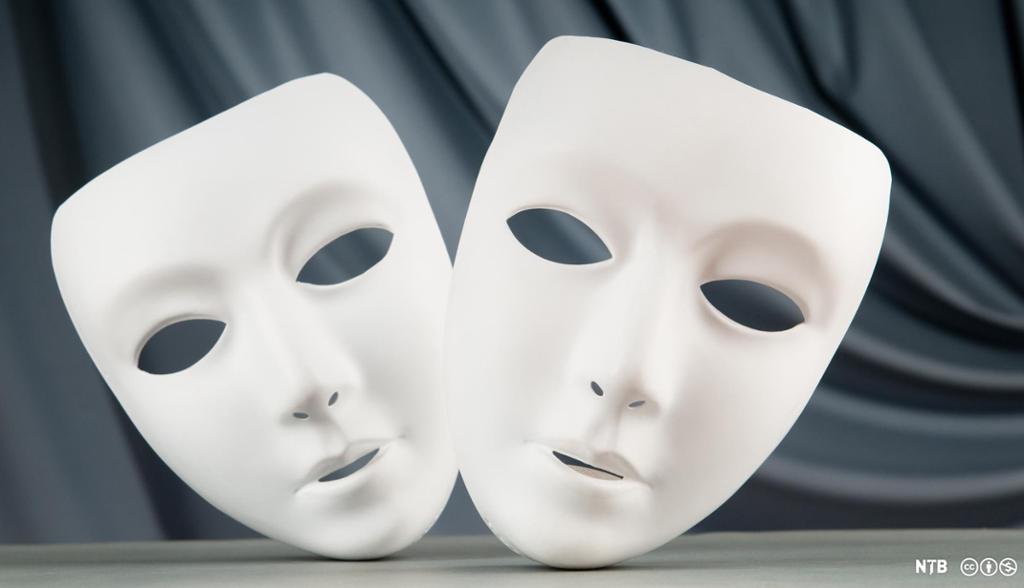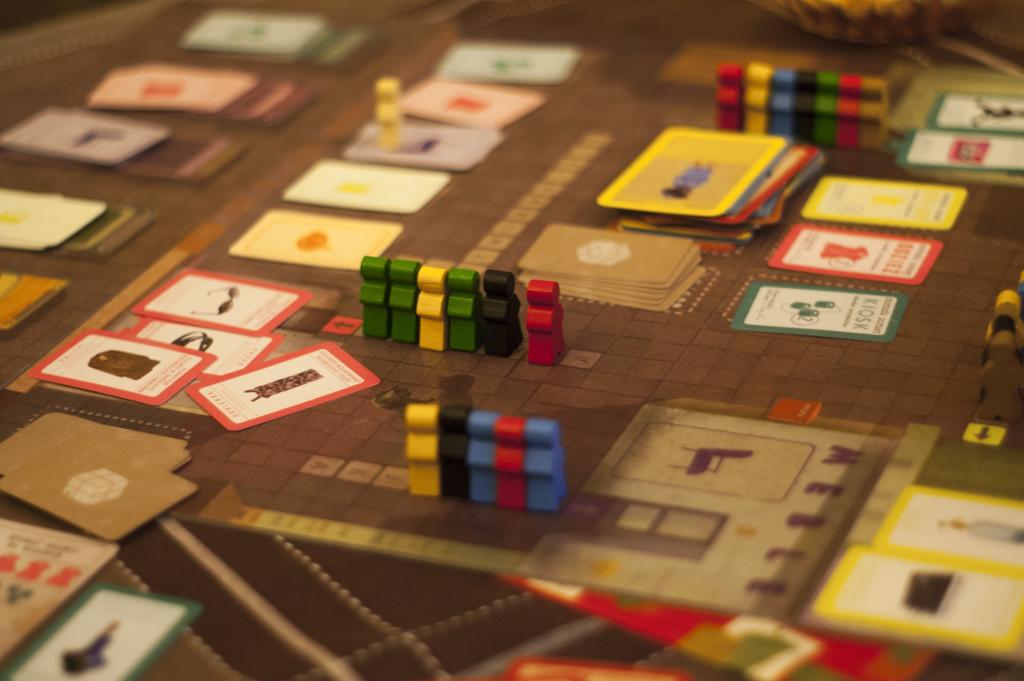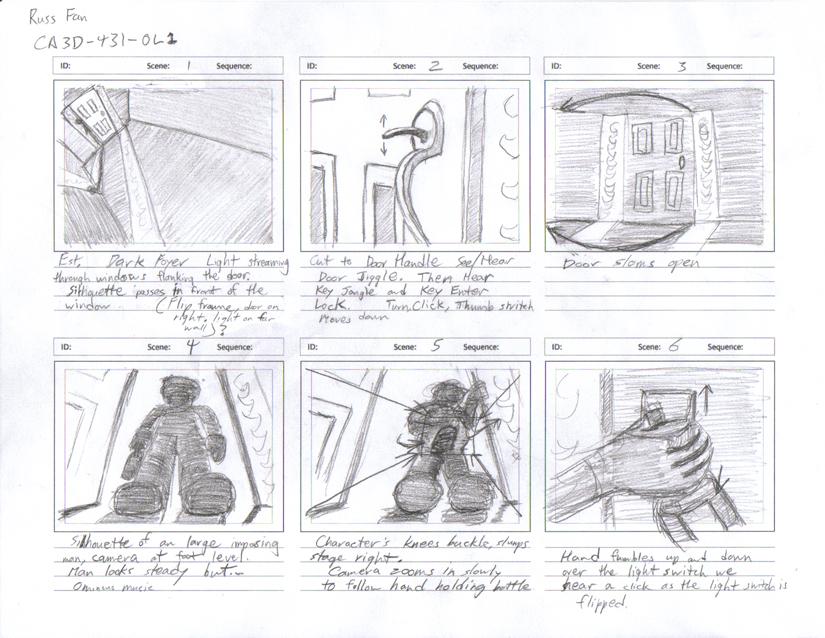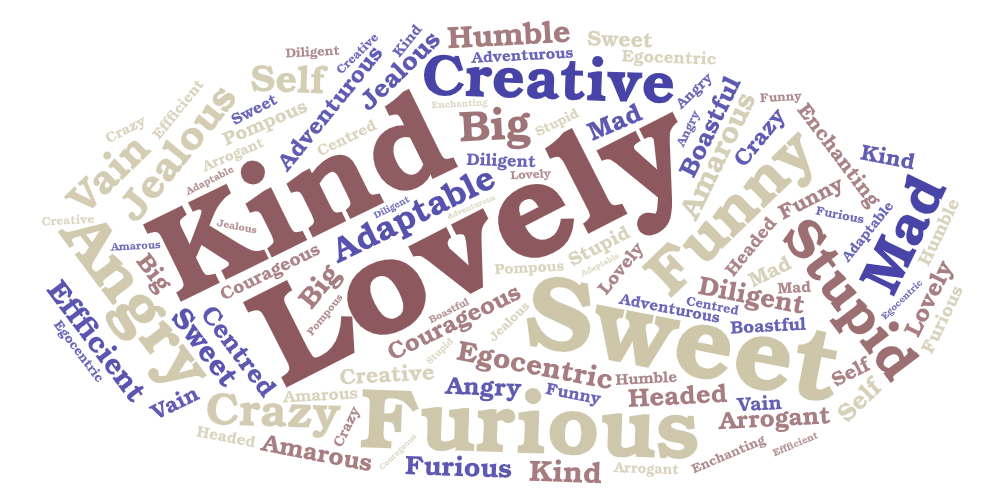Working With Literature

In groups, go through the literary text that you have just read and pick out a section that is important for the central narrative of the story. Rewrite the part you choose into a manuscript for a short play with dialogue for the different characters. You are free to leave out things that you feel are less relevant, simplify or change the text, change the number of characters, etc. If there are several minor characters involved, one person can play several parts.
Find appropriate props/costumes that enhance the theatrical experience. Practise and act it out. Alternatively, film your performance.
Use your imagination, have fun, and break a leg!
Work in pairs or small groups. Make a podcast or a radio programme where you interview one of the characters or discuss various literary elements that are relevant for the text you are reading (characters, setting, theme, metaphors, ...)
Before you start, you should make a list of the main points that you are going to discuss. But remember that podcasts and radio programmes are usually quite informal, so remember to talk, not read. Include jingles, music, and other prompts to make it as authentic as possible.
You can use a tool like Audacity to record. You can also use the sound recording program ('taleopptak') on your Mac or your PC, which is easy to use. If the school has access to more professional recording equipment, use that.
Work in groups and host a talk show. Give everyone a role (host, author, characters from the text, ...). Before you start, discuss in general terms what you are going to talk about, but to make it more authentic, you should not write down the answers. Allow questions from the audience. You may want to record the show.

Create a board game where the game pieces represent the characters and the board shows the plot sequence and the main events of the text. The game must include rules and be playable. You may want to consider games like Life, Monopoly, Clue or Taboo.
If you feel particularly creative, you can draw the board freehand, or you can download ready templates from the internet. (Search query: "board game templates").
Create a newspaper or a magazine based on the text you are reading. Consider the different genres found in these kinds of publications (classified ads, obituaries, news items, sports articles, cartoons, etc.) and make sure they are included in yours. Research at least one English-language newspaper to see what format is typical of the various genres.
Use OneNote or a MS Word newsletter or publisher template, which you will find for free on the internet.
Movie previews always offer a quick sequence of the highlights in the movie to make us want to watch it. Having read a novel, consider which moments you would include in a movie preview. Make a storyboard of the scenes for your preview.

Choose about 50 words that you feel are particularly relevant or descriptive of your literary text. Make a crossword using Crossword Lab. Test it out on your classmates.
Find at least ten quotations from the text that you feel describe either the main character or the theme of the text you are reading. You should be able to explain what each quotation tells you about the character -/- theme and why you have chosen these particular quotations.
Discuss your findings in small groups or in class.
In groups, make lists of adjectives that you feel describe the various characters of the literary text you have studied. Use a word art generator and create word art for each character. Compare your result with the rest of your class.
Suggested word art generator: link to WordArt.com

Make a mind map of the literary text where you focus on setting, characters, themes, metaphors, central conflict, etc.
If you feel creative, you can draw the mind map freehand, or you can use a digital mind map tool.
Jeopardy is a quiz competition where contestants are presented with clues in the form of answers, and they must phrase their responses in the form of questions ('Who is ...', 'What is ...', 'Where is ...', ect.). You need five different categories with five questions in each category. The quiz master gives the answer, and the contestants present you with the question. Here is an example of a Jeopardy about classic literature: link to Jeopardy example

Place yourself in the shoes of one of the characters you have just read about. Write a diary entry about a key moment from the story. Try to choose a moment in the story where the character has plenty of interaction and emotion to share in a diary entry.
A diary entry is always presented from a first-person perspective, and it is usually, but not always, written in the present tense.
Make a 'wanted' poster for one or several of the characters of the novel, short story, or play you are studying. Give a physical description of the person and add a picture. Describe what they have done, what the reward is, and who to contact. Also indicate whether the characters are wanted 'dead or alive'.
Write an obituary or a eulogy for one of the characters in the literary text. Give all the important information such as birthplace, schooling, accomplishments, career and family. How do you think this person would have wanted to be remembered?

Choose one or several scenes from the text that include conversations between people. Draw comic strips describing the scenes. Do not change the story and remain true to descriptions of characters and setting.
Before you start, take a look at some comics or graphic novels for inspiration and insights.
Find information about comics and graphic novels: collection of Graphic Novels on the Free Library webpage.
Write a new ending for the story, a new adventure for the main character, or the beginning of a sequel. The tone and format should be the same as the original text. If you get rid of characters, tell what happened to them. If you invent new characters, describe them.